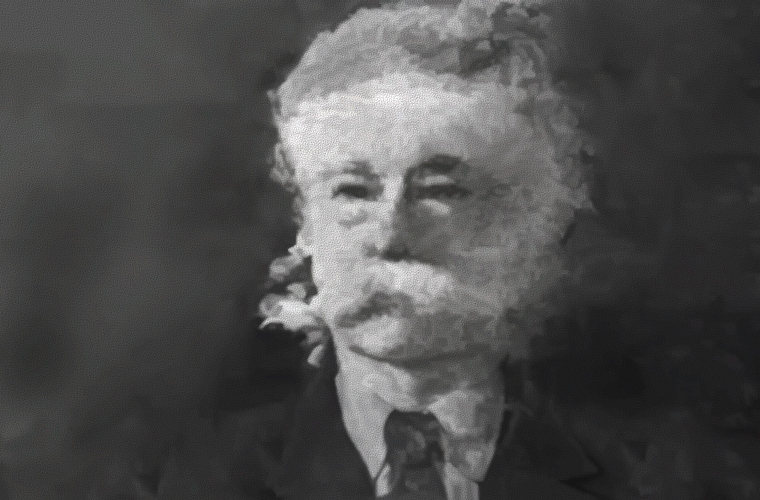In the annals of American legal history, few cases have had as lasting an impact as Plessy vs. Ferguson. This landmark Supreme Court decision, handed down by Judge John H. Ferguson in 1896, set the stage for nearly six decades of legalized racial segregation in the United States. While its legacy is one of controversy and division, it remains a pivotal moment in the struggle for civil rights and equality.
The case of Plessy vs. Ferguson revolved around a seemingly mundane incident on a Louisiana train in 1892. Homer Plessy, a man of mixed race, was arrested for refusing to leave a whites-only train car. Plessy’s defense argued that this segregation violated his rights under the recently enacted Thirteenth and Fourteenth Amendments to the Constitution, which abolished slavery and guaranteed equal protection under the law, respectively.
However, Judge John H. Ferguson, presiding over the case in the Louisiana state court, ruled against Plessy. In his decision, Ferguson upheld the constitutionality of racial segregation, stating that as long as separate facilities were equal in quality, they did not violate the Fourteenth Amendment. This became known as the “separate but equal” doctrine.
The ramifications of Ferguson’s ruling were far-reaching. It provided legal justification for the widespread implementation of racial segregation across the United States, particularly in the South. Separate schools, hospitals, transportation systems, and even drinking fountains were established to enforce racial separation. African Americans were relegated to inferior facilities and denied access to many public spaces and services.
The Plessy vs. Ferguson decision was met with both support and opposition. Proponents argued that it maintained social order and prevented racial conflict by preserving the status quo. They believed that separate facilities could be equal in practice, even if they were not in theory. Others, however, saw the ruling as a gross violation of civil rights and a perpetuation of discrimination and inequality.
It wasn’t until the mid-20th century that the “separate but equal” doctrine was finally challenged. In 1954, the Supreme Court unanimously overturned Plessy vs. Ferguson in the landmark case Brown vs. Board of Education. The Court declared that separate educational facilities were inherently unequal and violated the Fourteenth Amendment’s guarantee of equal protection.
The Brown vs. Board of Education decision marked a turning point in the fight against racial segregation and set the stage for subsequent civil rights legislation. It also cast a shadow over the Plessy vs. Ferguson ruling, exposing its inherent flaws and injustices.
Judge John H. Ferguson’s role in this historic case is one that continues to be debated. While he was responsible for upholding racial segregation and perpetuating inequality, it is important to remember that he was acting within the legal framework of his time. The fault lies not solely with him but with a society that allowed such discrimination to persist.
In conclusion, Judge John H. Ferguson’s ruling in Plessy vs. Ferguson had a profound impact on American society. It institutionalized racial segregation and denied African Americans their basic civil rights for nearly six decades. While it took many years and continued struggle to overturn this decision, it stands as a reminder of the importance of equality and justice for all in our legal system.

